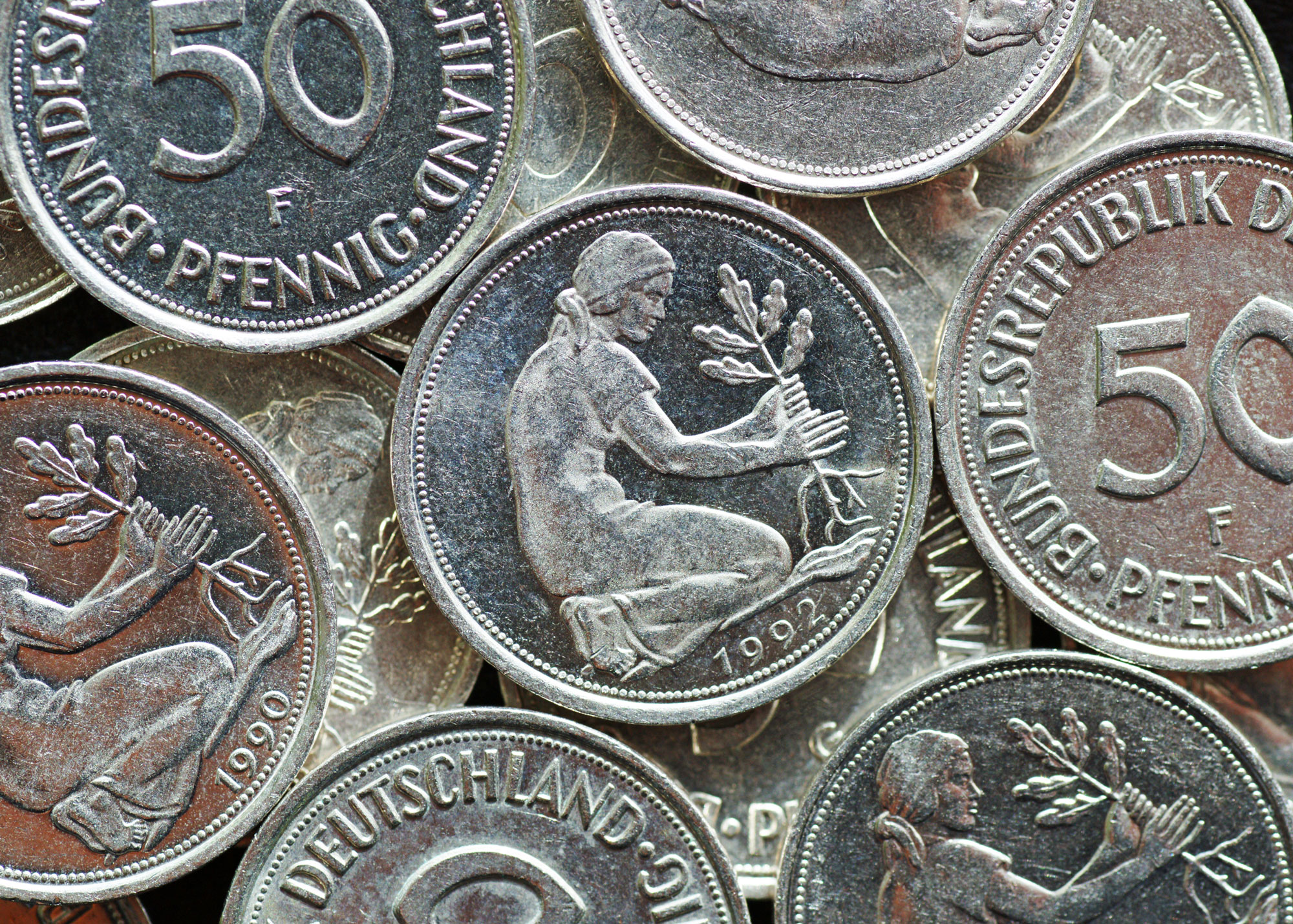At the same time, the demand for timber for energy production, mining, iron smelting and construction rose. In order to prevent an impending timber shortage, in the 18th century, Hans Carl von Carlowitz and other foresters drew up the principles of sustainable forestry and woodland management. In the course of forestry and land reforms that reshaped the use of many forests, the foresters began reforestation. The pressures of human use on the forests did not lessen until new energy sources such as coal gained in significance and timber was no longer the primary fuel for all sectors of industry.
Gradually, the forests recovered and the forest area increased once again. The last major drain on the substance of the forests was during and after the Second World War. The destruction of war, the blows of reparations and great demand for timber for reconstruction exacted a toll. Mass infestation of bark beetles caused more blows resulting in large felled areas. The reestablishment of the forests was a significant cultural achievement. It was so significant that it was reflected at the time on the verso of the 50-pfennig coin in the form of a woman planting an oak tree.

